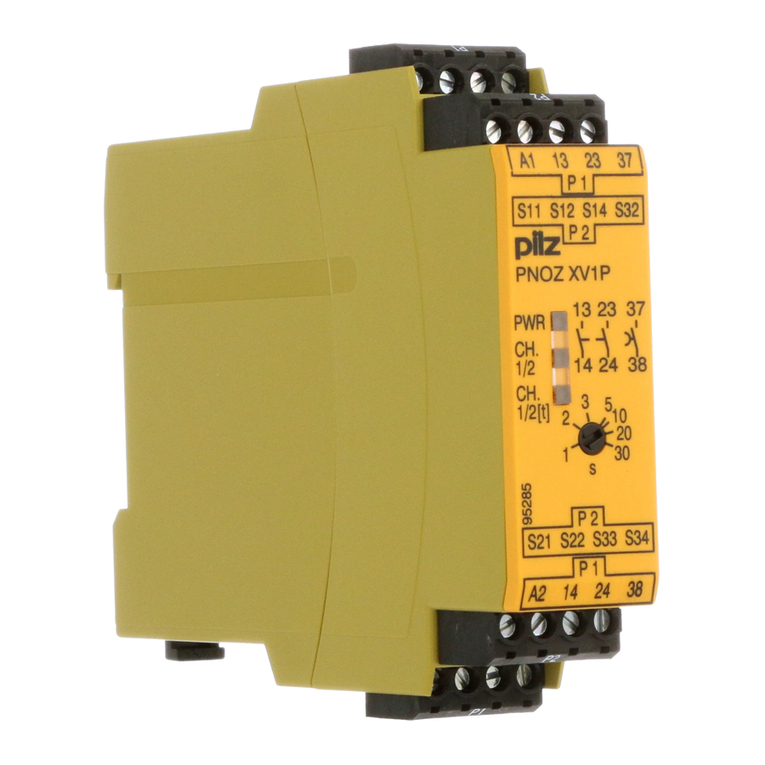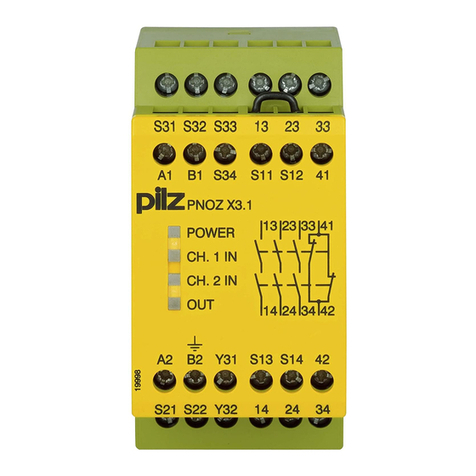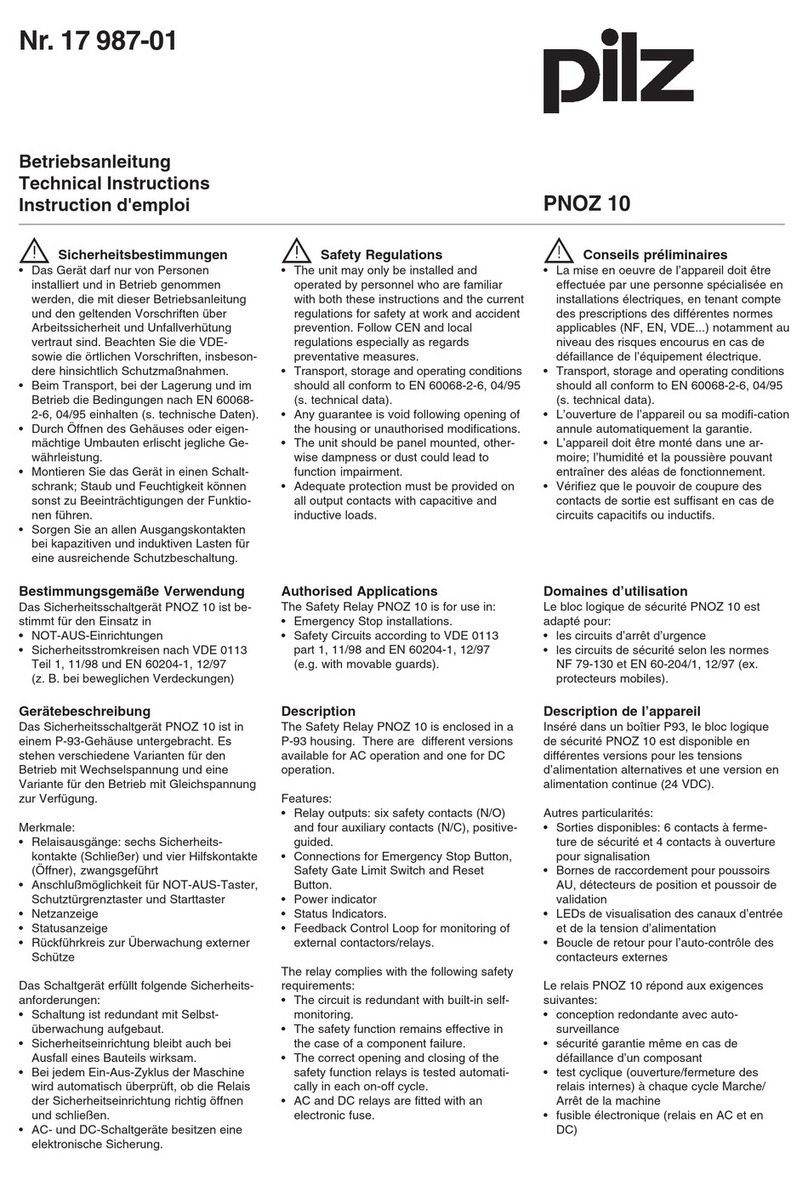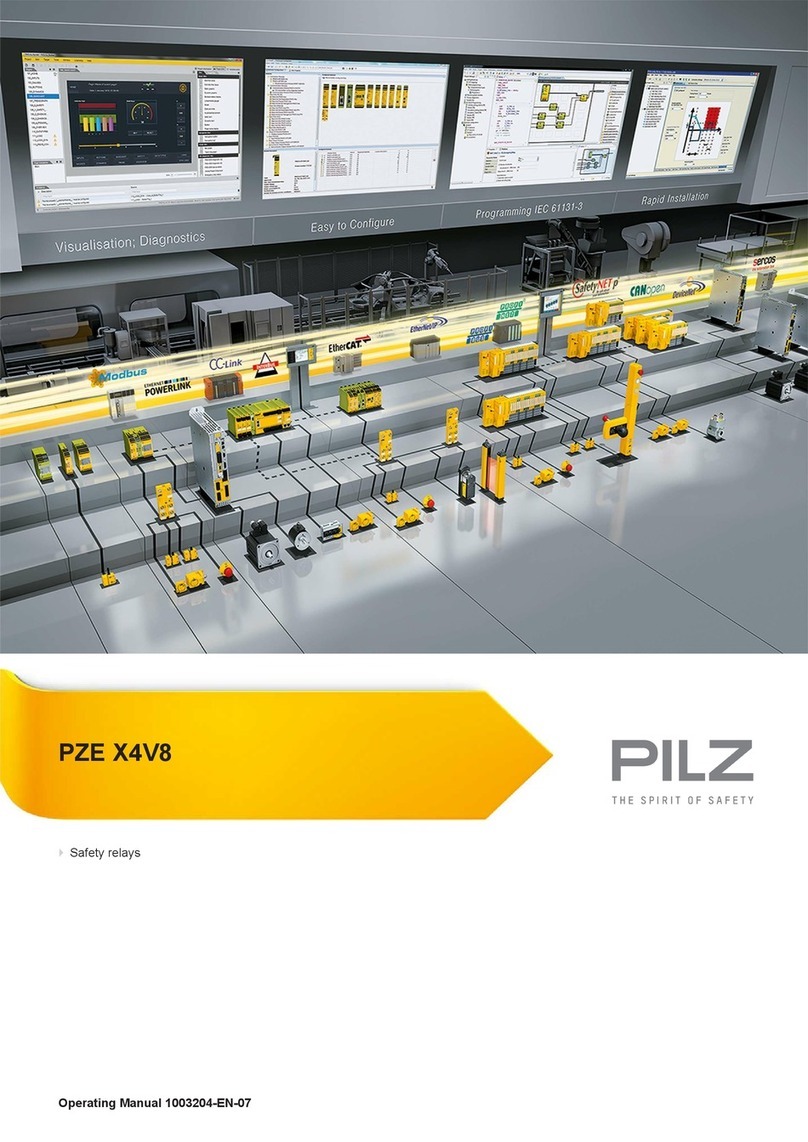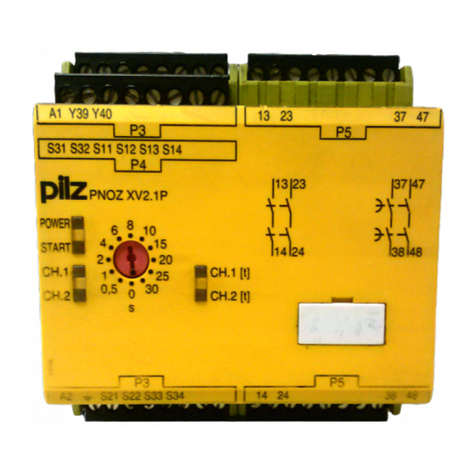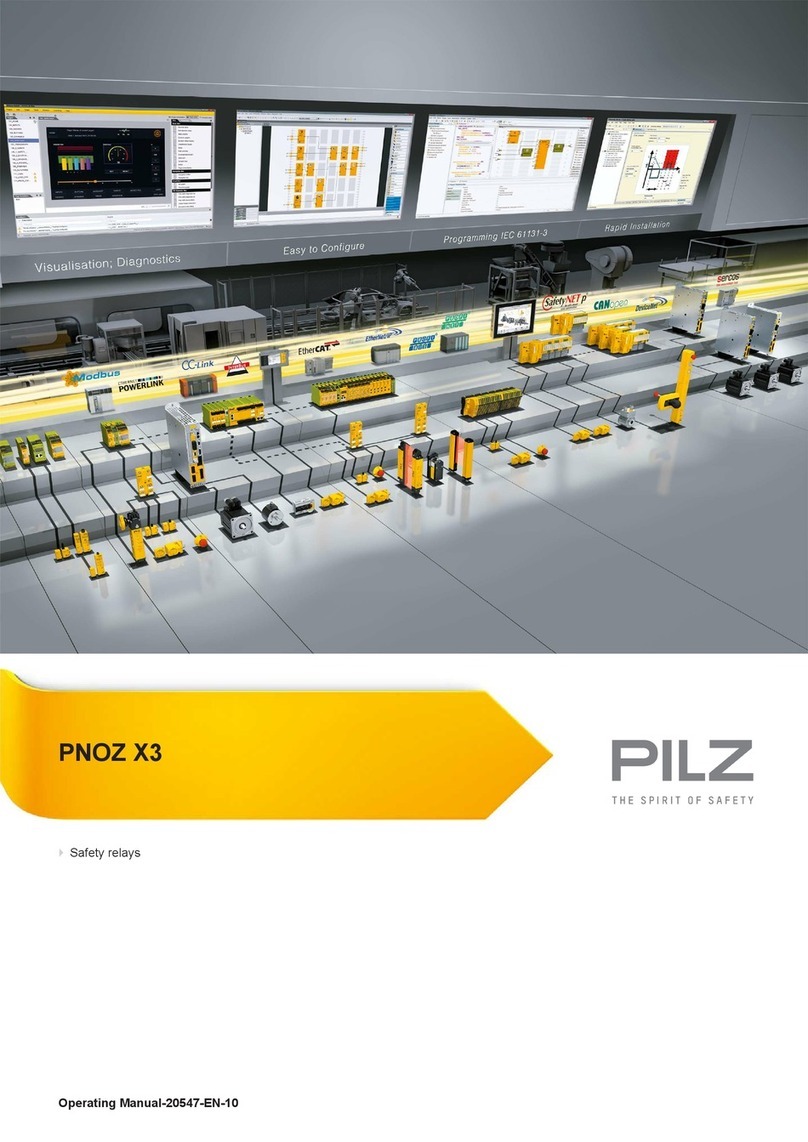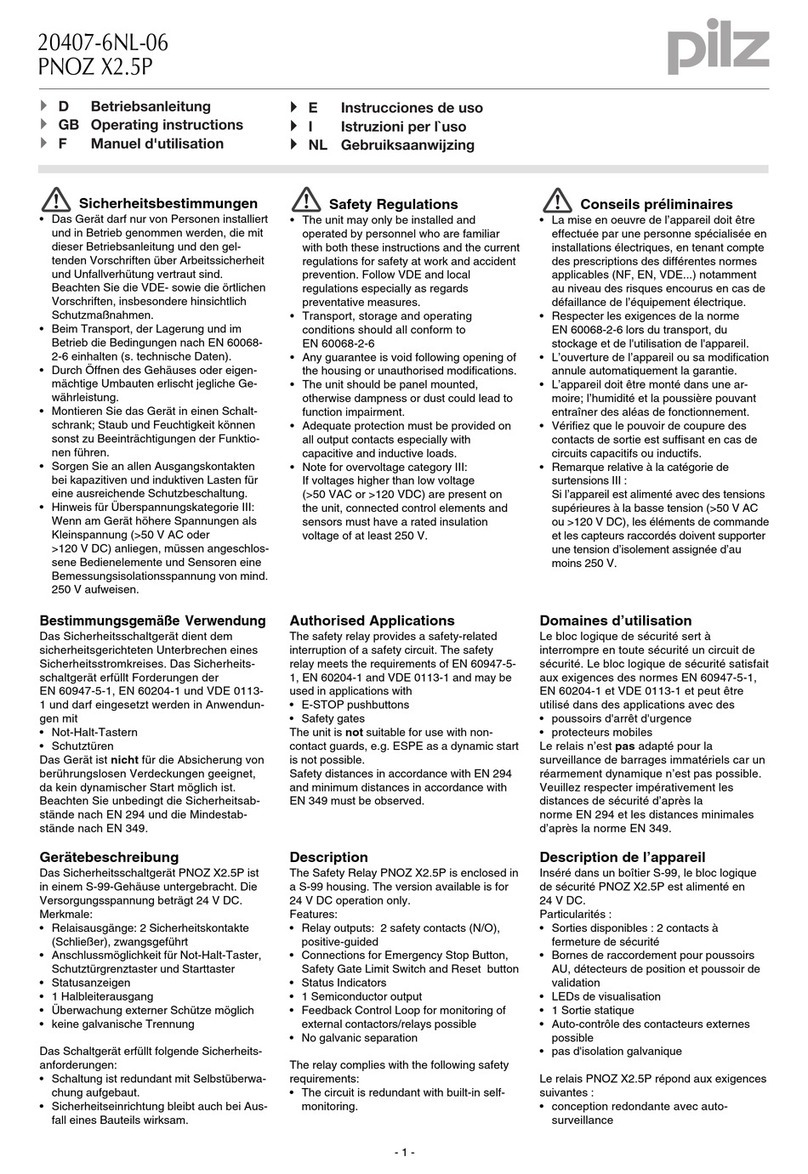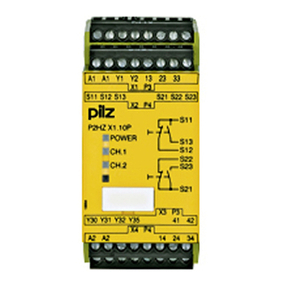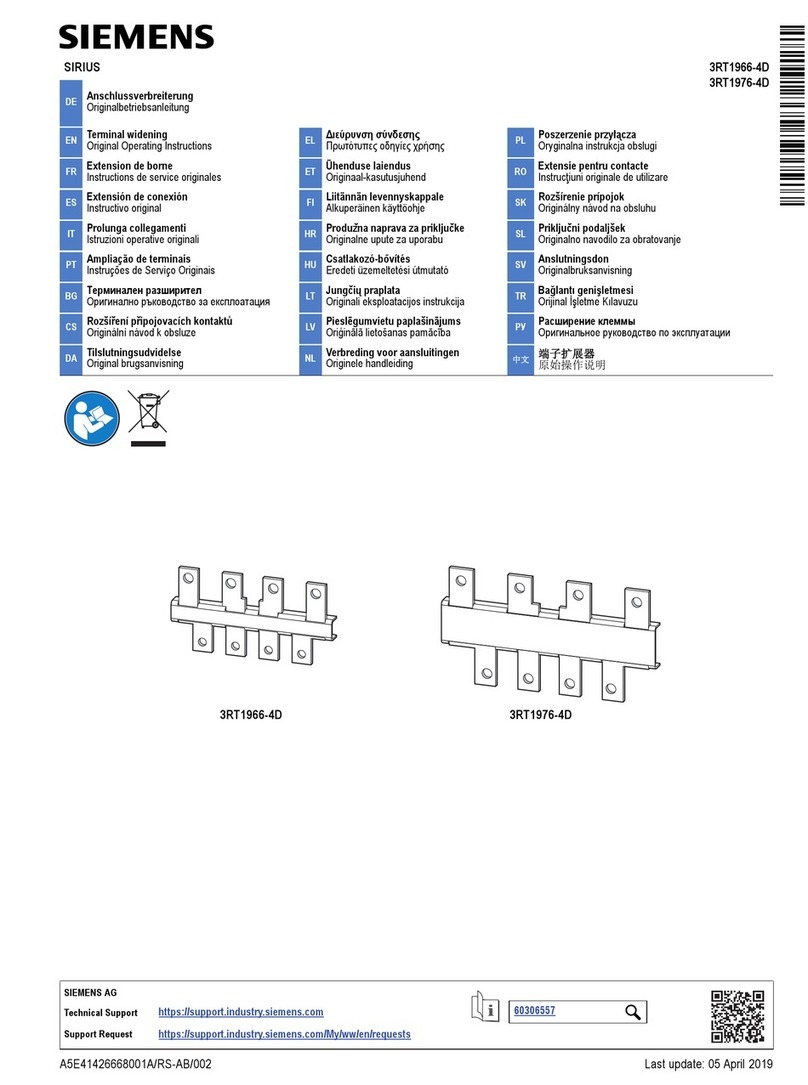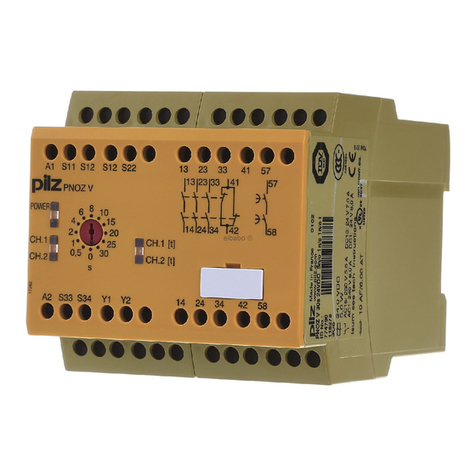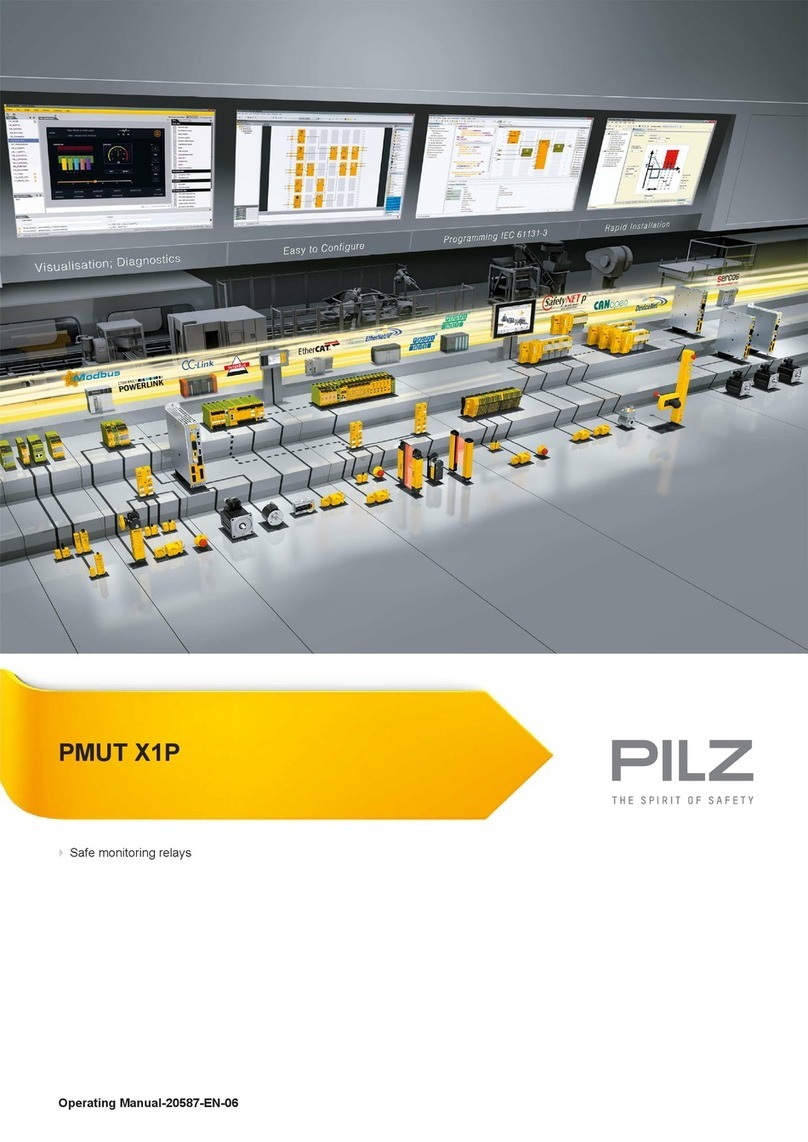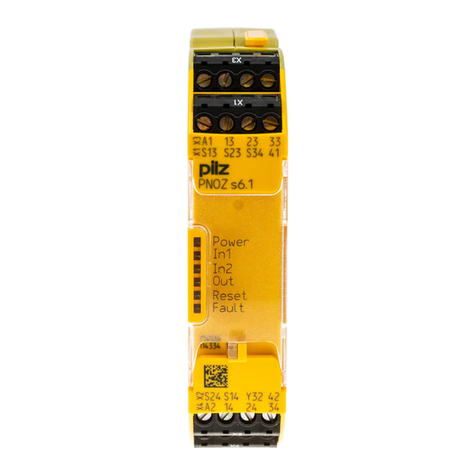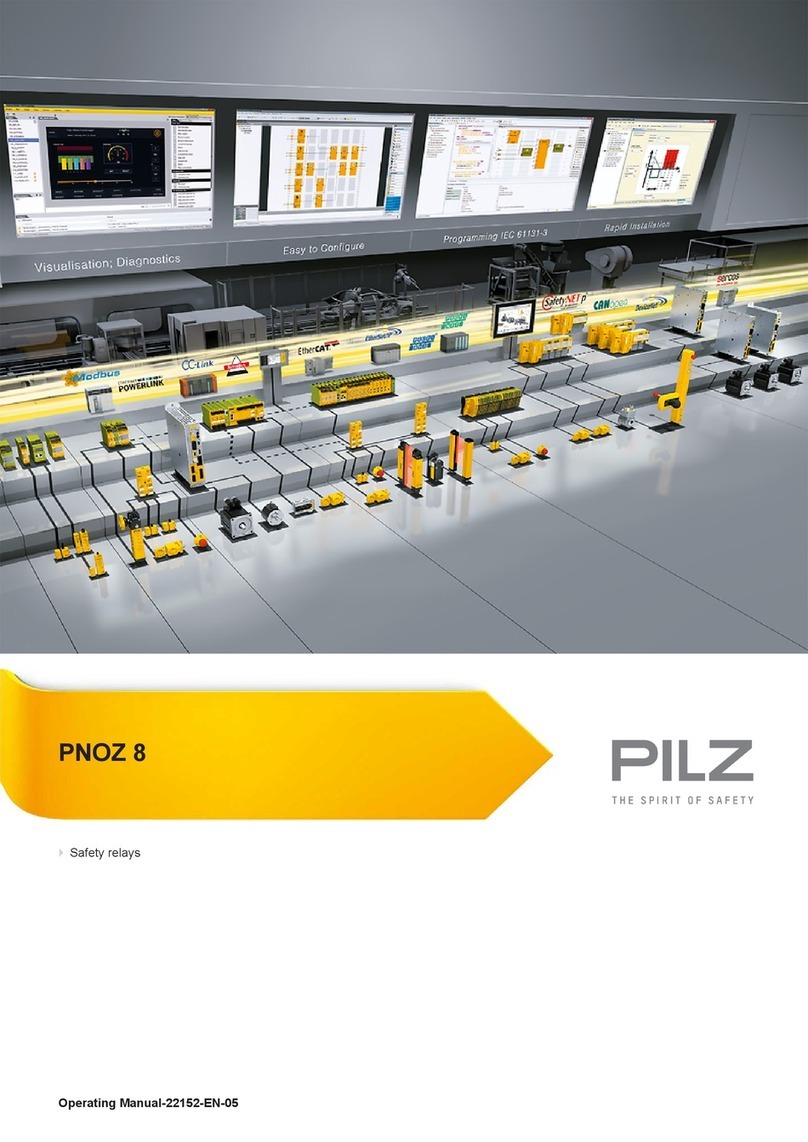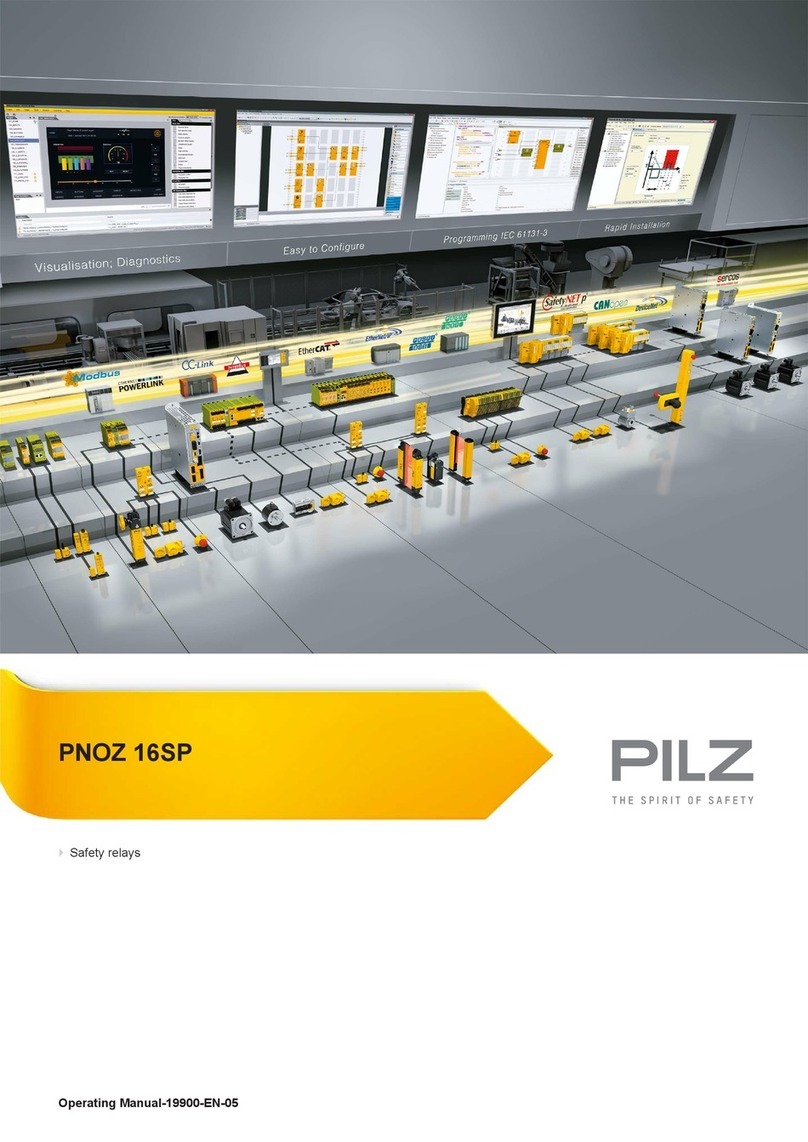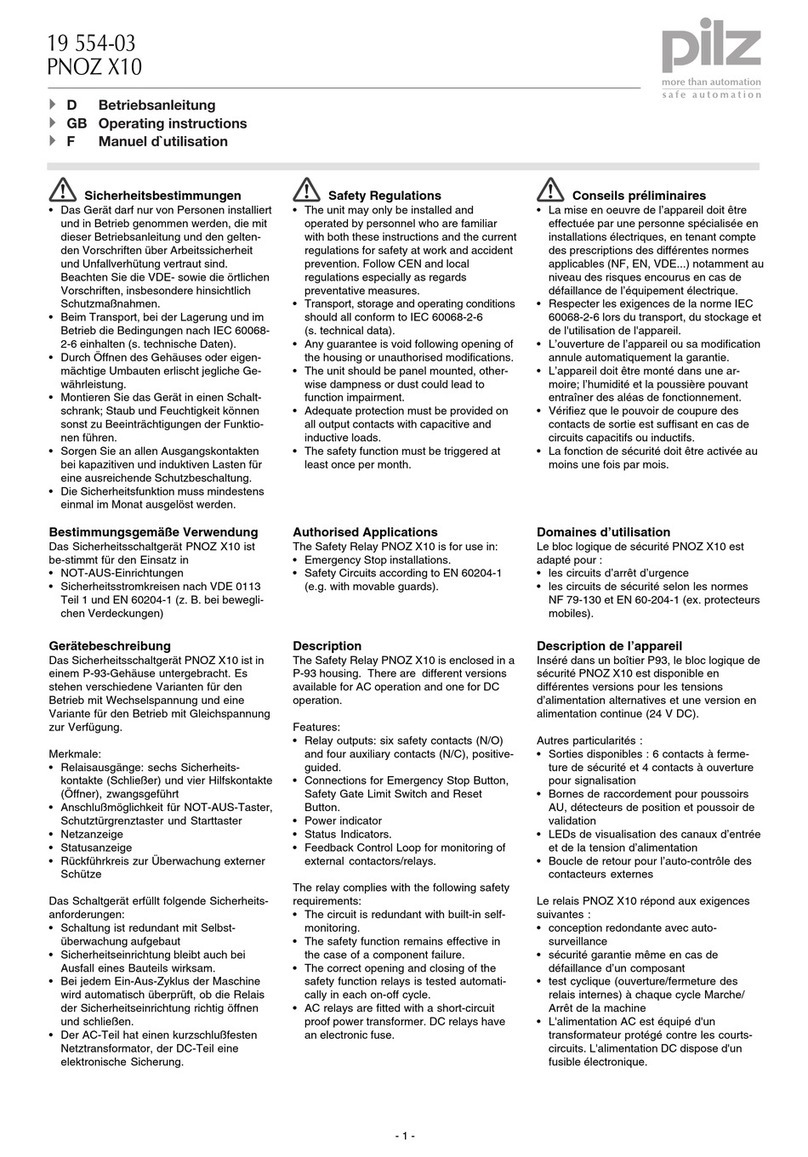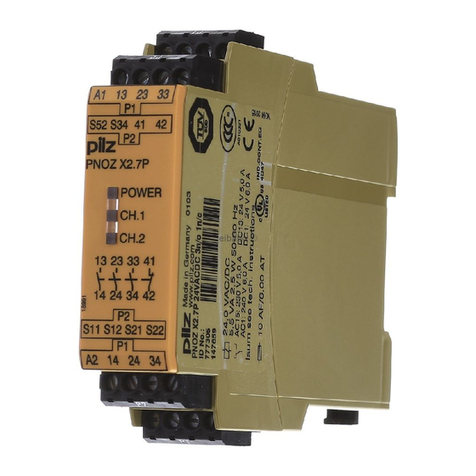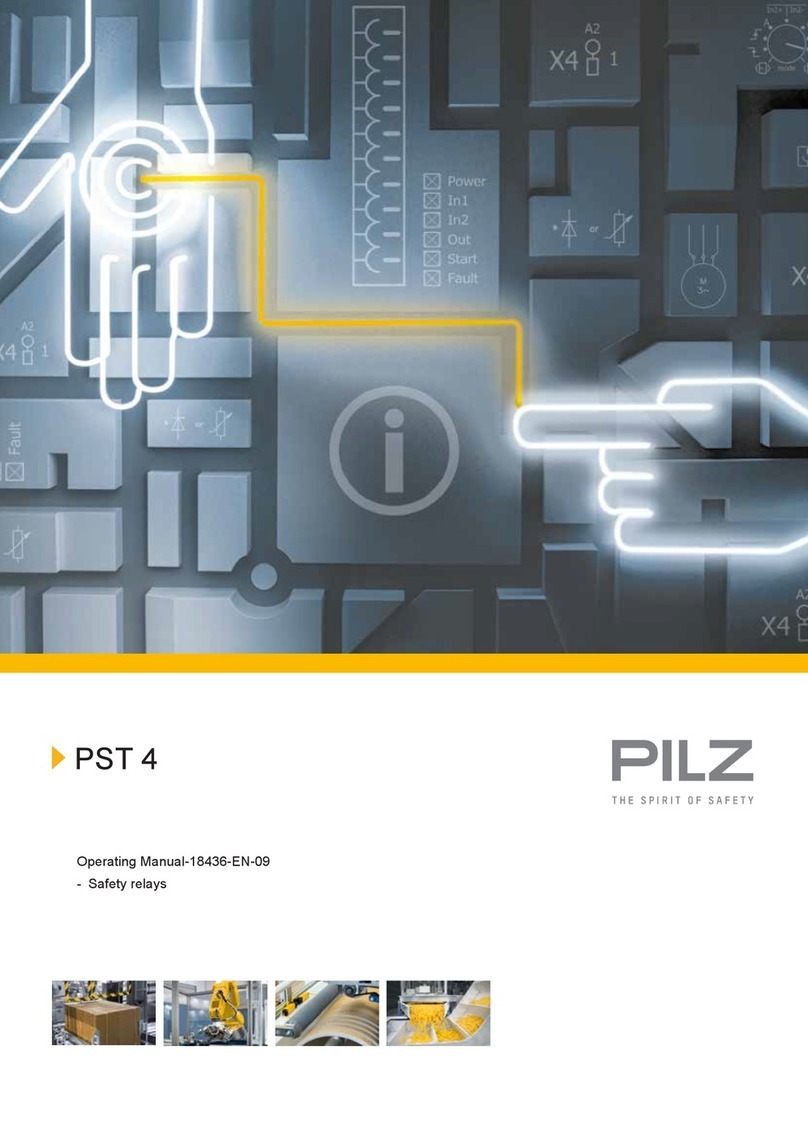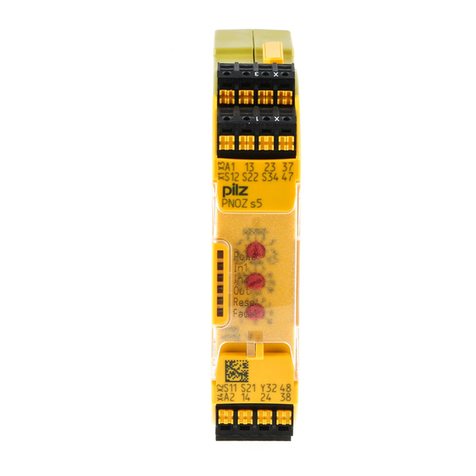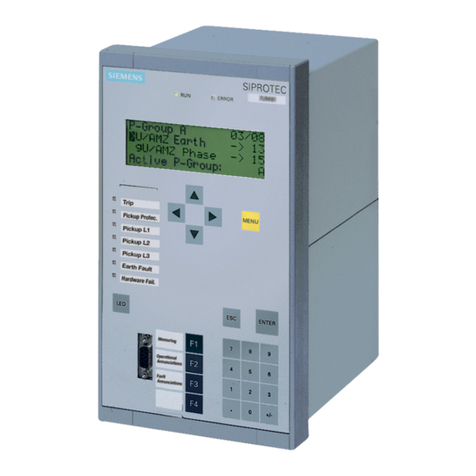
Contents
Operating Manual PNOZ s60
1004492-EN-01 | 3
Introduction ............................................................................................................................4
Validity of documentation.......................................................................................................... 4
Using the documentation .......................................................................................................... 4
Definition of symbols................................................................................................................. 4
Safety ...................................................................................................................................... 5
Intended use ............................................................................................................................. 5
Safety regulations ..................................................................................................................... 5
Safety assessment ................................................................................................................... 5
Use of qualified personnel ........................................................................................................ 6
Warranty and liability ................................................................................................................ 6
Disposal .................................................................................................................................... 6
For your safety.......................................................................................................................... 6
Unit features ...........................................................................................................................7
Safety features ....................................................................................................................... 7
Block diagram/terminal configuration ................................................................................. 8
Function description ............................................................................................................. 8
Installation ..............................................................................................................................10
Wiring ......................................................................................................................................11
Preparing for operation ......................................................................................................... 12
Operation ................................................................................................................................15
Status indicators ....................................................................................................................... 15
Faults - malfunctions ............................................................................................................. 16
Dimensions ............................................................................................................................17
Technical details ....................................................................................................................18
Safety characteristic data ......................................................................................................... 25
Supplementary data ..............................................................................................................26
Service life graph ...................................................................................................................... 26
Permitted operating height........................................................................................................ 27
Order reference ......................................................................................................................28
Product ..................................................................................................................................... 28
Accessories .............................................................................................................................. 28
EC declaration of conformity ................................................................................................ 28
